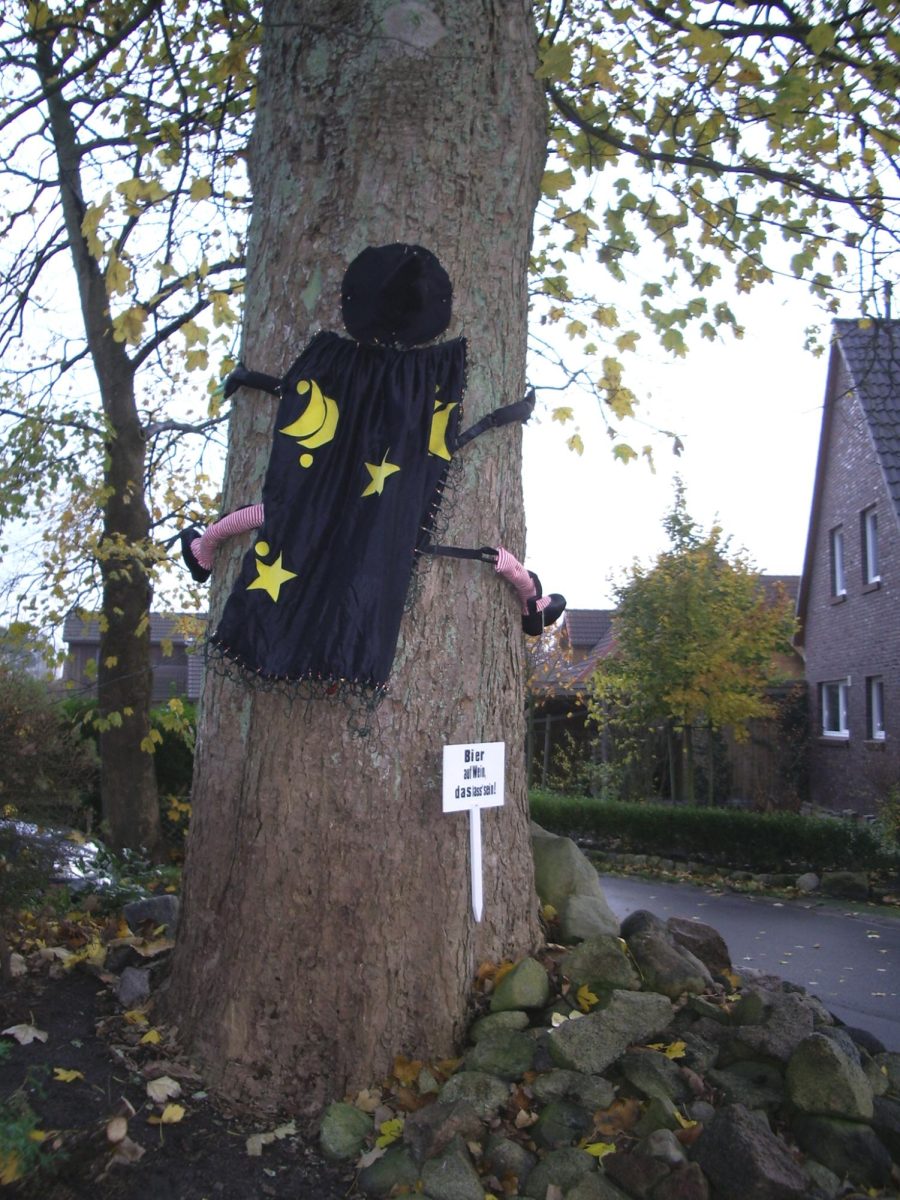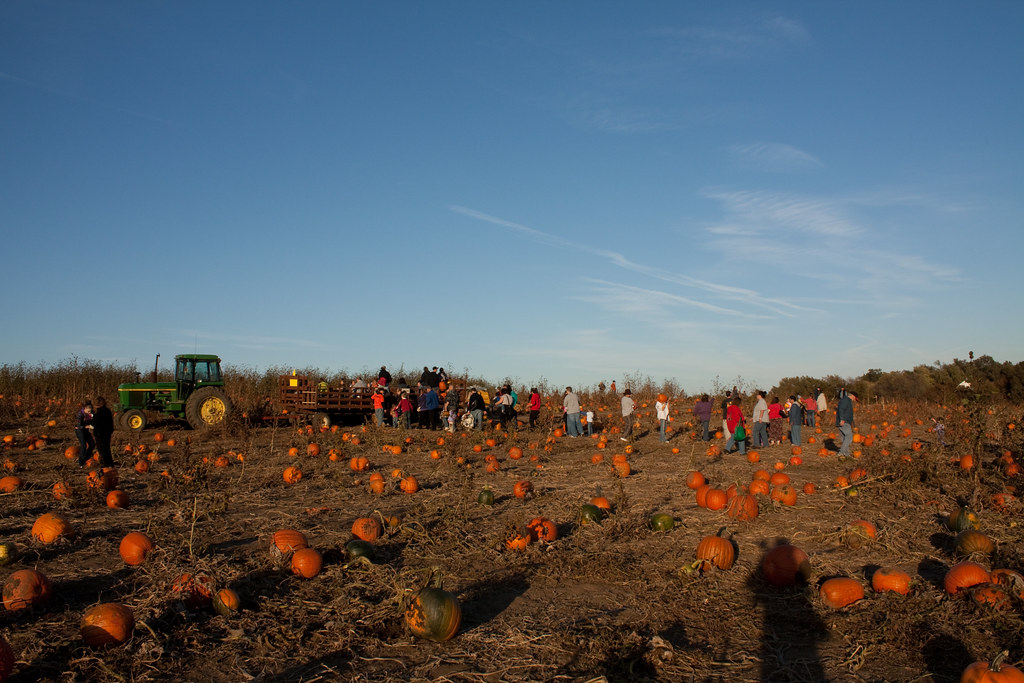Valentine’s Day; a day filled with love, gifts, and Valentines. Americans may celebrate by spending time with their partner, giving gifts like chocolates or flowers, or kids handing out Valentines to each other in school. But how do other cultures celebrate Valentines?
The history of Valentine’s Day-also called Saint Valentine’s Day and the Feast of Saint Valentine-is celebrated annually on February 14, and originated as a Christian feast day honoring martyrs named Valentine. Through later traditions, it has become a significant cultural, religious, and commercial celebration of romance and love in many cultures.
Starting with India, there was a tradition of adoring Kamadeva, the lord of love. Celebrations in India did not catch on until 1992, it was spread on commercial TV channels like MTV. Love letter competitions allowed the explosion of the Valentine card industry. However, various groups in India including Hindu, Muslim, and Christian people do not support Valentine’s Day.
In France, Valentine’s Day is known as “Saint Valentin.” The relics of Saint Valentin are in the Catholic church of Saint-Jean-Bapiste and Saint-Jean-l’Evangeliste, located in the town of Roquemaure, Gard. The village gets dressed in 19th-century costumes and puts on a program with an audience of over 800 people.
Saint Valentine’s Day was introduced in Poland with the cult of Saint Valentine through Bavaria and Tyrol but rose in popularity in the 1990s. The only public celebration in Poland is held annually in Chełmno, called “Walentynki Chełmińskie” (Chełmno Valentine’s). Chełmno’s parish church of the Assumption of the Blessed Virgin Mary has been holding the relic of Saint Valentine since the Middle Ages.
Around £1.3 billion euros is spent yearly on cards, flowers, chocolates, and other gifts in the United Kingdom. In Wales, some people celebrate Dydd Santes Dwynwen (Saint Dwynwen Day) on January 25 instead of on Valentine’s Day. This day commemorates the Welsh patron saint of love.
Romania, in recent days, has started celebrating Valentine’s Day; however, there has been lots of backlash about the day. Many groups, institutions, and national organizations like Noua Dreaptă (an organization in Romania) who finds Valentine’s Day a superficial, commercialist, and Western “kitsch” (naive imitation). Dragobete (son of Baba Dochia) is a spring festival celebrated in parts of Romania as the traditional Romanian holiday for lovers, commonly observed on February 24.
In 1933, Valentine’s Day in Bangladesh was first celebrated by journalist and editor of the Jaijaidin (Bengali-language newspaper) Shafik Rehman. He picked up the culture from his studies in London and passed it on to Bangladeshi people through the Jaijaidin. Rehmen is called the “father of Valentine’s Day in Bangladesh”. On February 14, people in various relationships like lovers, friends, spouses, family, express their love by gifting each other flowers, chocolates, cards, and other gifts.
Lastly, in Iran, Valentine’s Day dates back to the Qajar era (the Guarded Domains of Iran). Naser al-Din Shah Qujar (the fourth Shah of Qajar Iran) did not take his wife on his trip to Europe and instead sent her a greeting card on Valentine’s Day. Since the middle of the 2000s, Valentine’s Day has become a popular holiday in Iran. However, much like Romania, Iranian conservatives give criticism to the holiday because they see it as a part of the spread of “decadent Western culture”. There have been efforts to discourage celebrations and restrict the sale and production of Valentine’s Day-related goods. As of 2016, these efforts have been unsuccessful.
Many cultures celebrate Valentine’s Day, some celebrate by giving gifts to loved ones, and others celebrate in a different way. Whether it’s America, India, France, Poland, the United Kingdom, Romania, Bangladesh, or Iran, we all celebrate with love.








